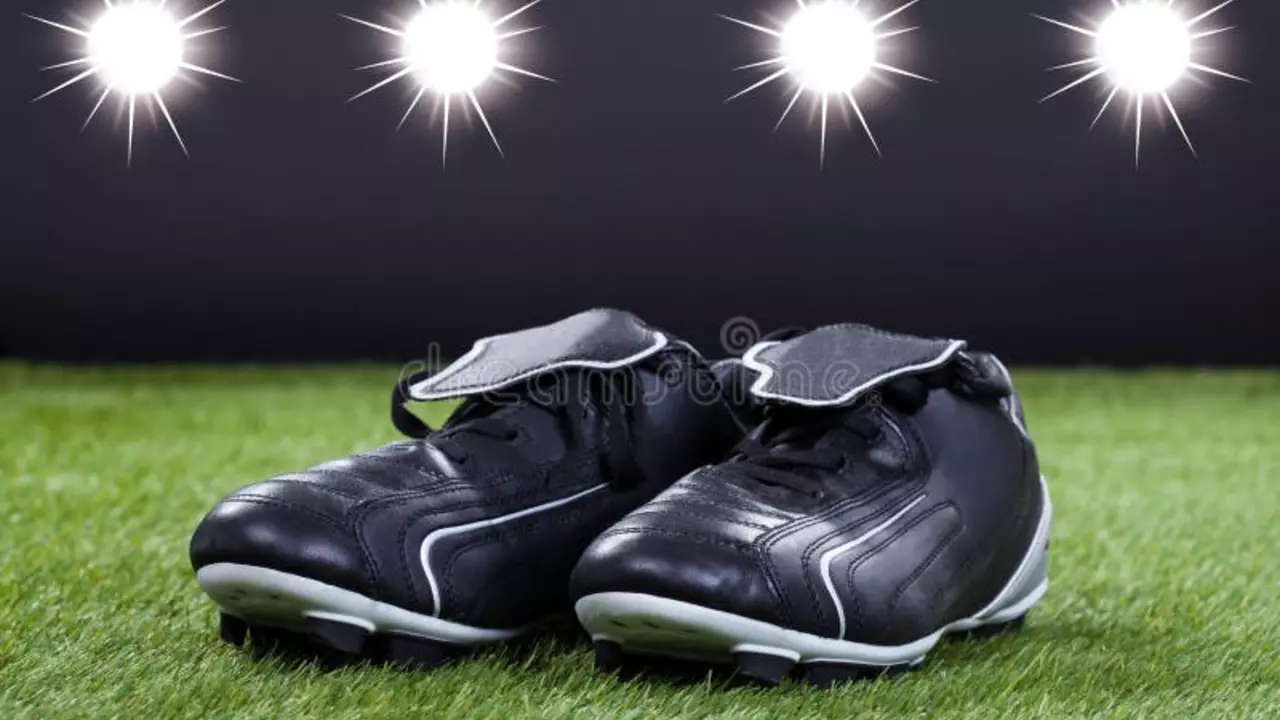
Understanding the Difference Between Soccer Cleats and Softball Cleats
Before we dive into whether your kid can wear soccer cleats for softball, it's essential to understand the difference between the two. Soccer cleats are designed for control, agility, and touch. They often have a low-profile design and a rounder, smaller cleat pattern for quick footwork. In contrast, softball cleats are designed with a toe cleat that aids in quick starts and stops, which is crucial in the game of softball. They are also built to withstand the wear and tear of running on dirt and grass.
It's also worth mentioning that the materials used in making these cleats differ. Soccer cleats are often made from lightweight synthetic materials, while softball cleats are typically made from more durable materials to withstand the rough conditions of a softball field.
Safety Considerations
When it comes to sports, safety should always be a top priority. Wearing the wrong cleats can increase the risk of injury. Soccer cleats lack the extra toe cleat, which is a major feature in softball cleats. This toe cleat provides extra traction that can prevent slips and falls during the game. Without this feature, your child may have a higher risk of slipping, especially when making quick starts and stops.
Another safety concern is the lack of ankle support in soccer cleats. Ankle sprains and strains are common in softball due to the lateral movements, quick pivoting, and sliding into bases. Soccer cleats are designed to be low-cut for maximum mobility, which may not provide the necessary ankle support for softball.
Performance Implications
Aside from safety, the type of cleats worn can significantly impact performance. As mentioned, soccer cleats are designed for control and agility, but they lack the additional traction provided by the extra toe cleat in softball cleats. This traction can make a big difference when your child is trying to sprint to the next base or stop quickly to field a ball.
Furthermore, because soccer cleats are typically made from lighter materials, they may not offer the same level of durability needed in softball. They could wear out faster, which can affect your child's performance on the field over time.
Rules and Regulations
In some leagues, the rules clearly state the type of footwear that participants should wear. It's important to check with your child's league to see if there are any specific rules regarding cleats. Some leagues may not allow soccer cleats to be used in softball games due to the safety and performance issues mentioned earlier.
Even if the league allows soccer cleats, it's still worth considering the potential safety and performance implications. It might be better to invest in a good pair of softball cleats to ensure your child's safety and improve their performance on the field.
Comfort and Fit
Comfort is another factor to consider when choosing between soccer and softball cleats. Each sport has a unique design that may fit differently. Softball cleats often offer more padding and support around the ankle, while soccer cleats are designed to be more flexible and snug around the foot.
Keep in mind that your child will be wearing these cleats for extended periods during games and practices. Wearing uncomfortable footwear can distract them from the game and even lead to foot pain or injuries. Always prioritize comfort and fit when choosing cleats.
Conclusion: Making the Right Choice
While soccer cleats can be worn for softball in some cases, it's not generally recommended due to the different design, safety considerations, and potential performance implications. It's best to invest in the appropriate footwear for each sport to ensure your child's safety, comfort, and performance on the field. Remember, the right pair of cleats can make a significant difference in your child's sporting experience.
- tags : kid soccer cleats softball wear
LEAVE A Comments